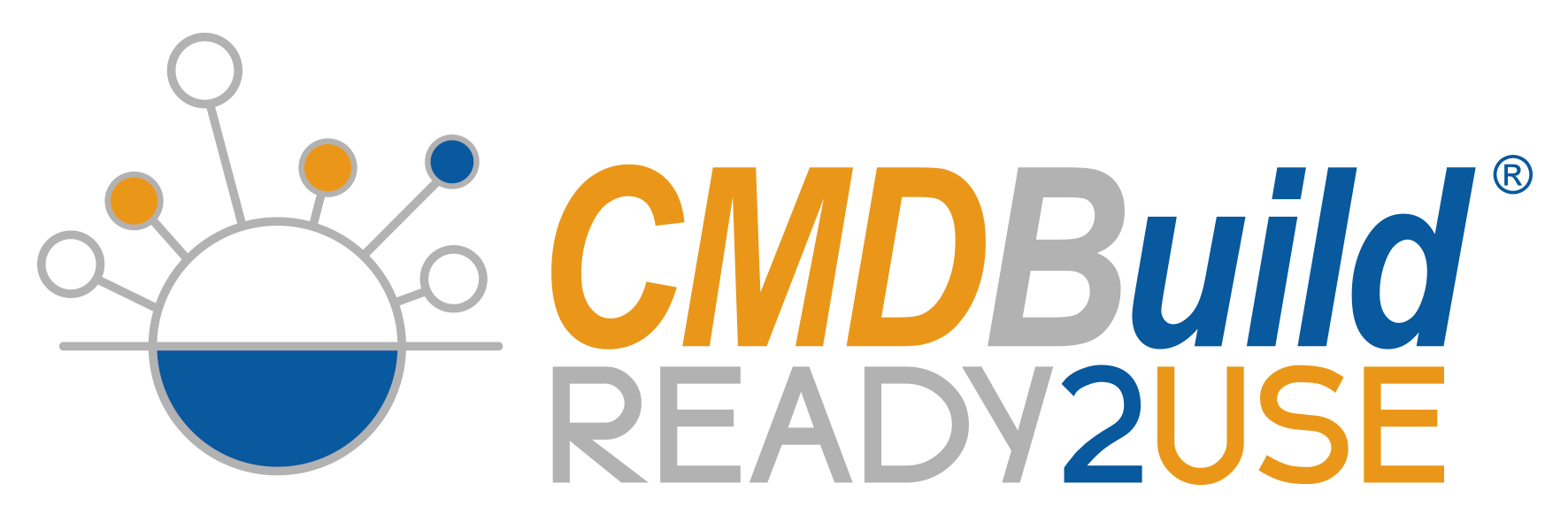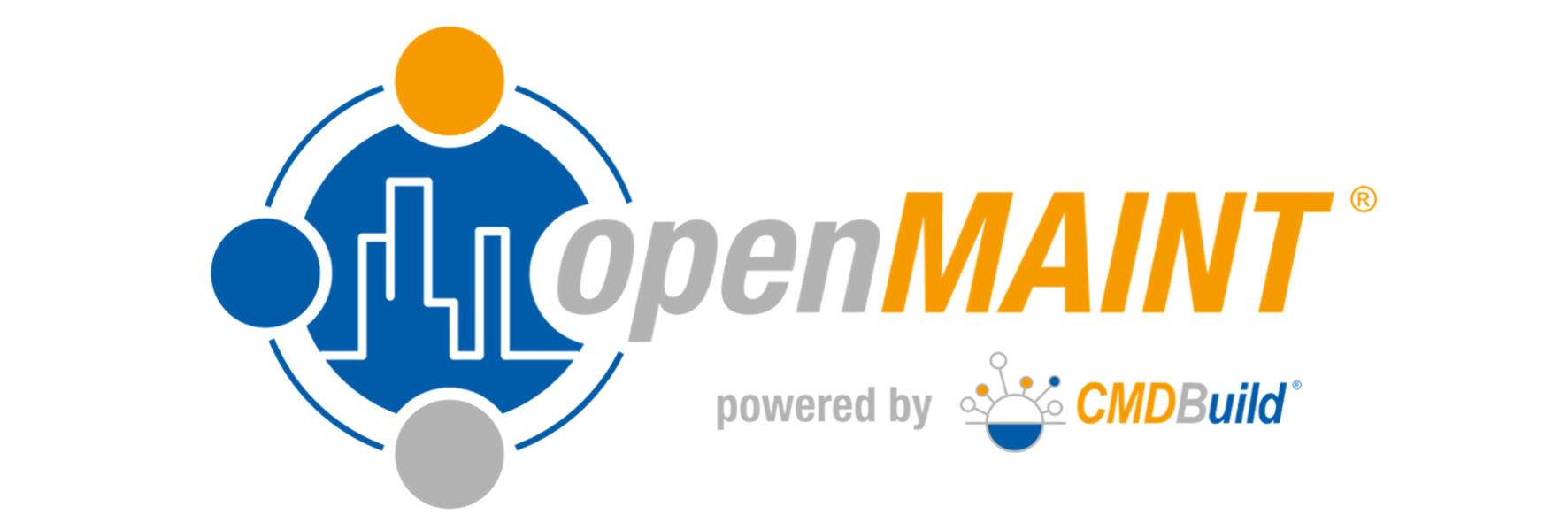|
November 2013 CMDBuild is a configurable web application to model and manage a database containing assets (CMDB stands for "Configuration and Management Data Base") and handle related workflow operations. CMDBuild is promoted by the Municipality of Udine and developed by Tecnoteca srl. This email was sent to you because you were interested in CMDBuild support or product info. If you would like to unsubscribe, please follow the instructions below. |
|
|
|
|
 |
Work in ProgressIn October the intermediate version 2.1.5 was released, including some new features, the Croatian localization and some bug fixes. The 2.1.6 version will be available in December and it will include the possibility of attach one or more files to the e-mails sent during workflows execution. The files can be uploaded from the local computer or selected among the ones previously loaded in CMDBuild as attachments (and stored in the document repository Alfresco). Meanwhile, we are also working on the tasks which will lead to the release of the 2.2 version during next spring. As described in detail in the last issue of the newsletter the new implementations will include the configuration of automated tasks (triggers on time-based events or on user activities, which send notifications or start workflows), the implementation of the new Wizard Connector, the integration of a Task Manager, the go-live of the BIM features which provide the possibility of manage and visualize 3D architectural models. |
|
|
|
 |
CMDBuild MobileThe widespread use of smartphones and tablets provides software applications with the opportunity of including new features oriented to the operators who use mobile devices. Also CMDBuild will have soon a mobile oriented interface, which will allow to read data records of interests (with the use of QRT codes too), save the activities performed within Incident / Ticketing assigned workflows off-site too, georeference and enrich them with photos, etc. The mobile version will be useful to the staff devoted to manage and maintain IT assets spread over several company seats; it will have even more advantages in the setting of the openMAINT project [http://www.openmaint.org/it], in which the activities performed off-site are many more. Over the past weeks we performed the macro design of the new module; the detailed design of user interactions and the planning of server communication mechanisms are currently in progress. The new interface will be available next spring; in the meantime, the product distribution policy is going to be defined. |
|
|
|
 |
openMAINTThe setup of the new open source product openMAINT is proceeding; this product is devoted to the Property & Facility Management (movable assets and real estate inventory, along with their maintenance activities and logistical and economic tasks). openMAINT will be a ready-to-use solution, inclusive of database, workflows, reports and dashboards, based on the asset management framework CMDBuild. Some days ago the project website was published (English and Italian versions). In about one month an online demo will be available, including some of the planned features. Next spring a first version of the product will be released, together with CMDBuild 2.2 version, whose BIM features will be widely used by openMAINT. Also openMAINT is going to be released with open source AGPL licence on Sourceforge repository. Tecnoteca will provide certified support services for openMAINT too, addressed to anybody who would like help for the star-up of the project and SLA for guaranteed assistance for its use in a production environment. |
|
|
|
 |
CMDBuild in ActionIn the current issue we are talking about the use of CMDBuild by the University Medical Center (UMCG) of Groningen, Netherlands. In the sequel we are reporting a brief description written directly by the users. UMCG is one of the largest hospitals in the Netherlands and the largest employer in the Northern Netherlands. It is a city in a city. More than 10,000 employees provide patient care, are involved in medical education and perform cutting-edge scientific research, focused on ‘healthy and active ageing’. More than 3,400 students of the University of Groningen study Medicine, Dentistry or Human Movement Sciences, while more than 340 physicians are doing their specialty training at the state of the art facilities of the UMCG. Good quality care is always based on the latest information, and is provided by the best doctors and nurses. They only can do their work if ICT is available! More than 8500 werkstations and 1200 servers all connected to medical equipement to support the health care, research and education process. This ICT infrastructure is combined in to complex chains. No commercial CMDB was able to support these relations until we found CMDBuild. Now we are able to provide information about how information is connected in our ICT landscape. And now we are able to provide the ICT support staff the information they need to support the infrastructure. CMDBuild is installed and maintained completely remote by Tecnoteca. Together with the doctors and nurses, every day we work on achieving a single common goal: building the future of health. Take a look at the case study |
|
|
|
 |
Upcoming EventsAt the end of next February a meeting organized by Suse, pioneer of Linux enterprise distribution, will take place in Rome; it has the aim of highlighting the contexts of excellence which build innovation in the field of Open source technologies in Italy. One of the products selected by Suse is CMDBuild. The title of the event is: Open Source, for Real! More information (date, participants, schedule, location) will be provided in the January newsletter. We remind you that the CMDBuild Day 2014 is planned for next spring, keeping its two-years frequency. We will widely talk about it in the next issues. |


